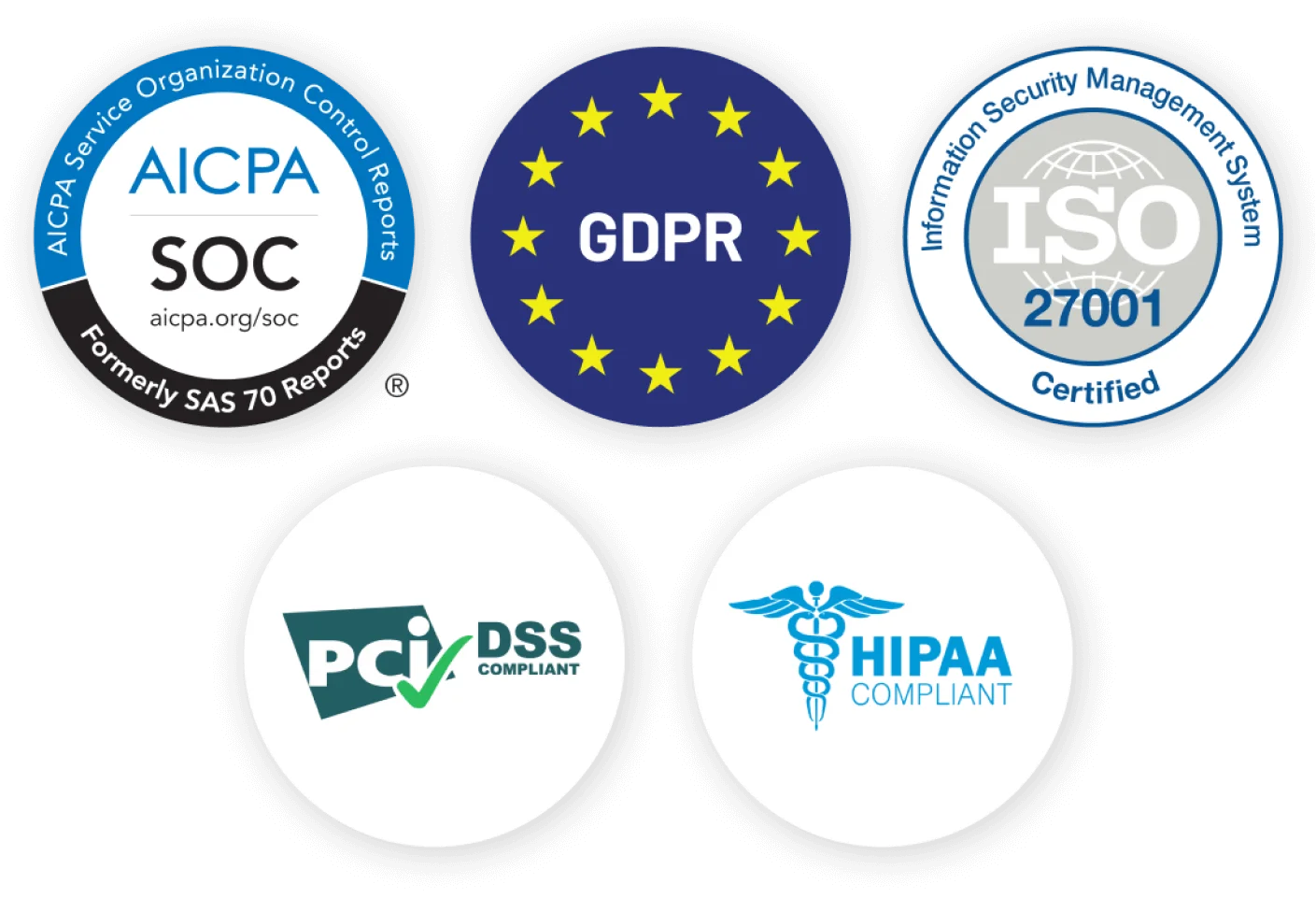
Maintain payroll & tax compliances seamlessly. Get a Dedicated Accountant and LEDGERS compliance platform for your business
Features
- Super Fast Service
- Affordable Price
Let’s Get Started
PF Return Filing
Employee Provident Fund (PF) return filing is a fundamental responsibility for establishments with PF registration. Ensuring compliance with monthly filing requirements is essential to avoid penalties and maintain statutory adherence. At FintechFilings, we recognize the significance of this obligation and stand ready to assist you every step of the way. Our team of experts is dedicated to providing comprehensive guidance and support throughout the PF return filing process, empowering you to fulfil your regulatory obligations easily and confidently.
Contact FintechFilings today to simplify your PF return filing process with expert guidance.
EPF Scheme
The EPF Scheme, established by the government, is a social security initiative to promote savings among employees and ensure post-retirement benefits such as pensions.Through regular contributions deducted from their salaries, employees accumulate savings over time. Upon retirement or leaving their jobs, these savings can be accessed as a lump sum payment.
Under the EPF scheme, employers and employees contribute 12% of basic pay. While 3.67% of the employer’s contribution is directed to the employee’s EPF account, the remaining 8.33% is allocated to the Employees Pension Fund (EPF).
Employees can withdraw EPF amounts upon retirement (at or after 58 years of age), unemployment for two months, or in the event of death before the specified retirement age.
PF registration
PF registration refers to the process by which an establishment or employer enrols with the Employees’ Provident Fund Organization (EPFO) to participate in the Provident Fund (PF) scheme.
This registration is mandatory for organizations with 20 or more employees and voluntary for those with fewer than 20 employees.
PF return filing
PF filing involves submitting detailed reports to the Employees’ Provident Fund Organization (EPFO). PF filing is compulsory for employers registered under the Provident Fund scheme. It must be carried out on a monthly basis, with the deadline set for the 25th day of each month.
Employers are required to submit various data points for return filing, including the total amount of contributions made by both the employer and the employee, details of employees covered under the scheme, as well as their PF account numbers and other relevant information.
Who is Required to File PF Returns?
Entities falling under the Employees’ Provident Funds and Miscellaneous Provisions Act, 1952, must file PF returns. This encompasses establishments with 20 or more employees and fewer than 20 employees voluntarily registered under the Act.
Advantages of Filing PF
Regularly filing returns offers numerous benefits for both employers and employees, which include:
PF Return Due Date
The PF Return due date varies based on the nature of the establishment.
Private Establishments
Government Establishments
| Type | Due date |
|---|---|
| PF Payment | On or before the 15th of every month |
| PF Annual Return | 25th April of every year |
Missing return due dates leads to penalties and legal repercussions.
Documents Required
Required Forms for PF Filing
Different Forms Required for Return Filing are as follows:
| Form | Purpose |
|---|---|
| Form 5 | Registration of new employees and updating employee details (e.g., name, address, date of birth) |
| Form 10 | Declaration and nomination of beneficiaries by employees |
| Form 12A | Registration of establishments under the EPF scheme |
| Form 3A | Monthly contribution details of employees |
| Form 6A | Annual contribution details of employees |
Form 2
Form 2 is filed as a declaration and nomination under the Flagship scheme of the Employment Provident Fund and the Employment Family Pension Scheme. Form 2 must be filed by the employees who are joining the establishment. This form is to be submitted with Form 5. Form 2 is divided into 2 different parts.
Part A
Part A of Form 2 deals with nominating the recipients of the EPF balance of the particular account holder, in the event of his or her death. This part of the form must include the following details:
This Part has to be signed or needs to have a thumb impression to be made at the end of the section.
Part B
The details of the nominee as already mentioned in Part A should also be included in Part B. Additionally, the details of the members who are eligible to receive the children/ widow pension must be furnished.
This Part again must be signed duly or a thumb impression has to be made at the end of the section.
Form 5
Form 5 is a monthly report that contains the details of the employees who are newly enrolled in the provident fund scheme. Form 5 must include the following details:
The form is to be filed and stamped by the employer with the date of filing mentioned on it.
Form 10
It is a monthly report that includes the details of the employees who have ceased to be a part of the scheme on the given month. Form 10 includes the following details.
Form 10 must be filed and stamped by the employer with the filing date of the form.
Form 12A
This Form 12 A is a report that contains the payment details that are contributed to the account of the respective employee in a particular month.
Annual PF Return Filing
The annual returns are to be filed by the 30th of April in a given year. The forms that are utilized for filing the annual returns are
Form 3A
The Form 3A depicts the month-wise contribution to the subscriber or members and the employers towards the Employee Provident Fund and the Employee Pension Fund in a year. The data is calculated by every member who is a part of the scheme. Additionally, the scheme will include the following details
Form 6A
Form 6A is a consolidated annual contribution statement that includes details about the annual contribution of each member of the establishment. The Form has to include the details as they are enumerated below:
Besides this, the following details should also be included in the amount remitted column:
Consequences of Non-Compliance with PF Filing
Failure to adhere to requirements may incur penalties and legal consequences. The EPFO has the authority to levy penalties of up to Rs.5,000 per day for delayed filings. Furthermore, non-compliance can jeopardize employee benefits, potentially resulting in delayed or reduced pension payments.
| Period of Delay | Rate of Penalty (p.a.) |
|---|---|
| Up to 2 months | 5% |
| 2 – 4 months | 10% |
| 4 – 6 months | 15% |
| Above 6 months | 25% |
Procedural Guidelines for Filing PF Returns
PF Return Filing Procedure
The procedure for filing a PF Return is explained here. Streamline your return filing process with our expert’s guidance:
FintechFilings experts can assist you through every step, ensuring accuracy and compliance.
Streamline PF Return Filing with FintechFilings
FintechFilings streamlines the PF filing process by offering expert assistance at every stage. Our team of professionals ensures accurate preparation of PF returns that adhere to regulatory requirements. We provide personalized guidance, helping you gather the necessary data and seamlessly navigate the filing procedure. With our expertise, you can avoid errors, meet deadlines, and maintain compliance effortlessly. Our dedicated support team is also available to address any queries or concerns, ensuring a smooth and hassle-free experience.
Let FintechFilings experts simplify your PF return filing today!


